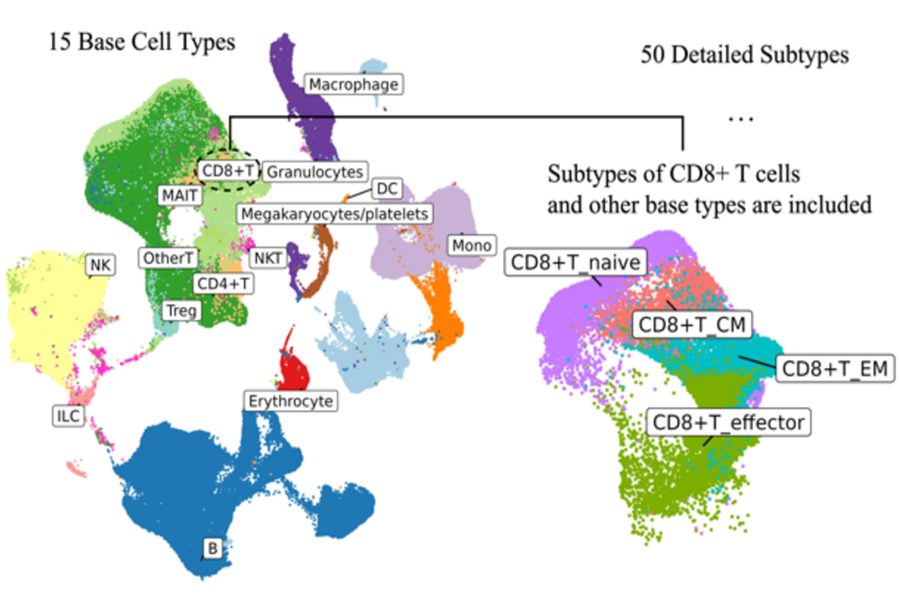Overview
Researchers from the University of Tokyo have developed a groundbreaking AI tool named scHDeepInsight that significantly improves the analysis of the human immune system. This innovative software leverages artificial intelligence to provide rapid and consistent identification of immune cells from single-cell RNA sequencing data.
Key Features of scHDeepInsight
- Hierarchical Learning: The model reflects the natural hierarchy of the immune system, allowing it to distinguish between broad immune cell categories and their finer subtypes.
- Image-Based Representation: Gene data is transformed into 2D images, enabling the convolutional neural network (CNN) to capture complex relationships between genes more effectively.
- Analytics Integration: The system highlights which genes contribute most to specific behaviors, facilitating cross-validation with known markers.
Performance and Efficiency
scHDeepInsight can label approximately 10,000 cells in just a few minutes, a significant improvement over traditional manual methods that can take days. The tool not only enhances speed but also ensures consistency and accuracy in predictions across the immune cell hierarchy.
Research Applications
While primarily a research tool, scHDeepInsight has the potential for clinical applications in the future. It establishes a reliable baseline using healthy immune cells, which can be used to identify deviations in patient samples, aiding in the study of diseases such as cancer and autoimmune conditions.
Future Directions
The research team aims to expand the capabilities of scHDeepInsight beyond immune cell identification to other biological domains. They also plan to enhance the model’s ability to identify novel immune cell types, which could lead to new insights in immunology.
Conclusion
scHDeepInsight represents a significant advancement in the field of immunology, combining deep learning with hierarchical modeling to decode the complexities of the immune system. As single-cell technologies evolve, tools like scHDeepInsight will be essential for transforming molecular data into comprehensive immunological insights.
